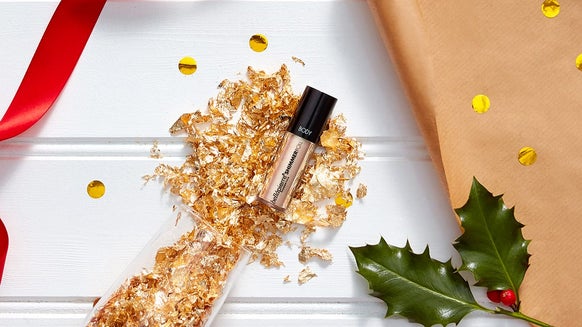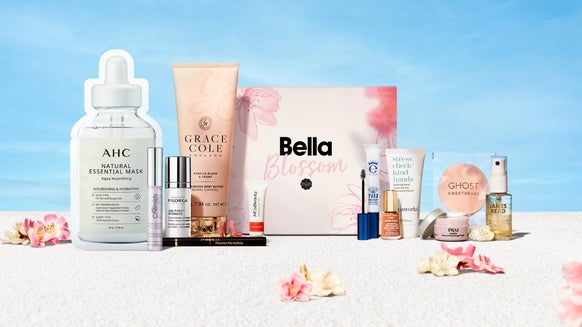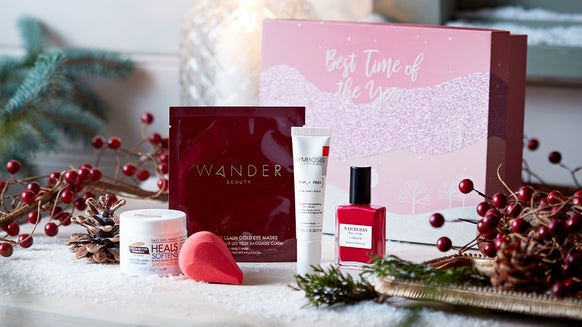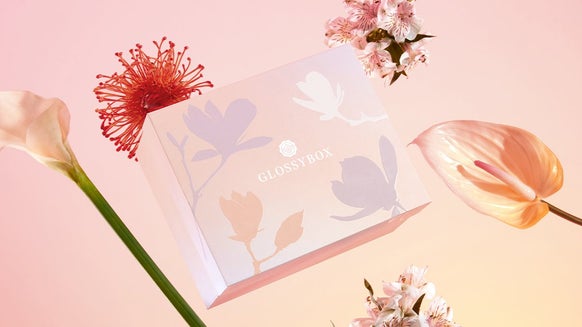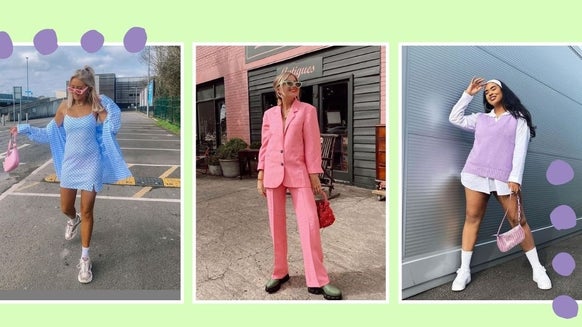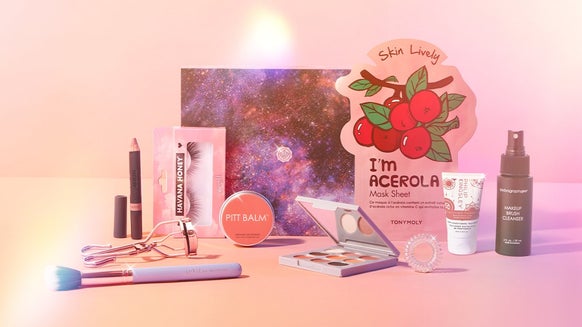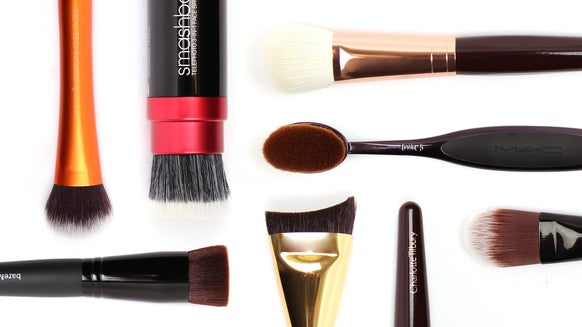Are You Applying Your Foundation Correctly?
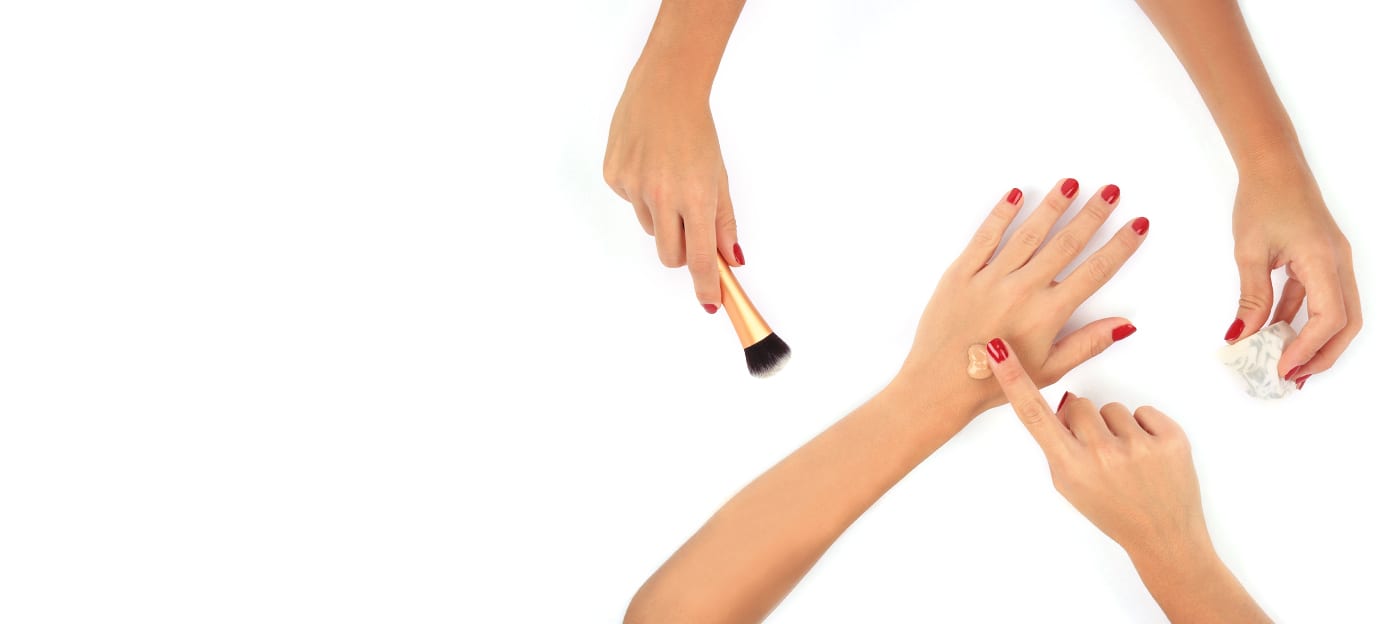
From buffing it on for an 'everyday' natural finish to carefully crafting your base so it stays put all evening long, we all want one key thing from our foundation - a flawless finish.
The thing is, despite it being seemingly easy to apply, there are very few people who have perfectly mastered the art and one or two mistakes can lead to a variety of unwanted finishes, from tide lines and streaks to caking.
So, even if you consider yourself a complexion pro, here are some of the most common foundation mistakes people make and most importantly, how to avoid them...
Get the right shade match The most common mistake made is testing foundation in the blaring lights of a department store and matching it against the colour of your hand (our face is very rarely the same colour as the rest of our body). You should always test the colour against the side of your face and in natural lighting (in other words, outside). The best match should almost disappear into your skin.
Sponges are great for blending, ensuring all areas are buffed to perfection and creating a dewy finish, while the plus of using your fingers is they warm up the product slightly so they're great for slightly thicker formulas like cream foundations - then if you press it into your skin over a face cream or serum, it almost becomes part of your skin for a natural, flawless finish. Make sure your hands are clean beforehand. Your fingers can contain dirt, oils and bacteria that, trust us when we say, you don't want on your face - particularly if you suffer from blemishes.
Here's the best way to use each tool...
To apply your foundation with a brush, buff it into the skin using small, outwards strokes. Turn the brush on its side to blend it into the sides of your nose and under your eyes.
If you're using a sponge, dab your foundation into the skin rather than swiping. We'd also recommend dampening the sponge first, otherwise it'll suck the moisture from your foundation and lead to you needing more product and it going on cakey.
The great thing about Real Techniques Diamond Sponge, £12, is that it has different shaped sides - each of which is designed for applying foundation to a different part of the face. Use one of the large sides to blend foundation into bigger areas like your cheeks and the pointed side to pay attention to smaller areas like under your eyes and around your nose.
Rub your foundation between your hands to warm up the formula, then use your fingertips to sweep it from the middle of your face outwards. The great thing about your fingers is you can use the larger ones for blending and the smaller to conceal around your eye area.

